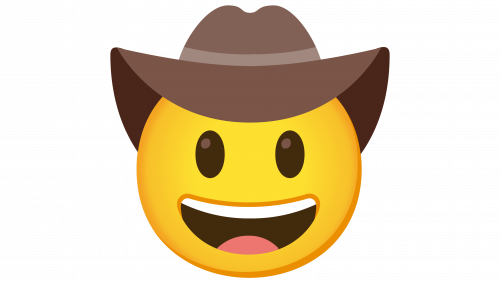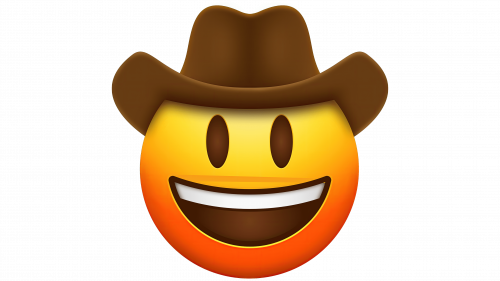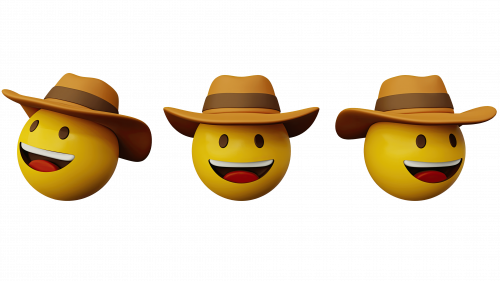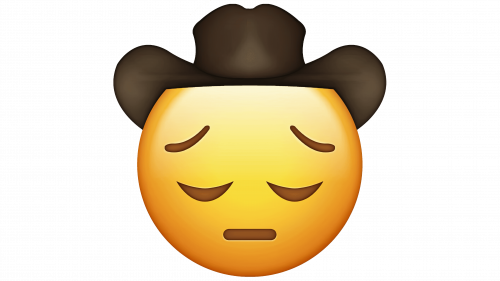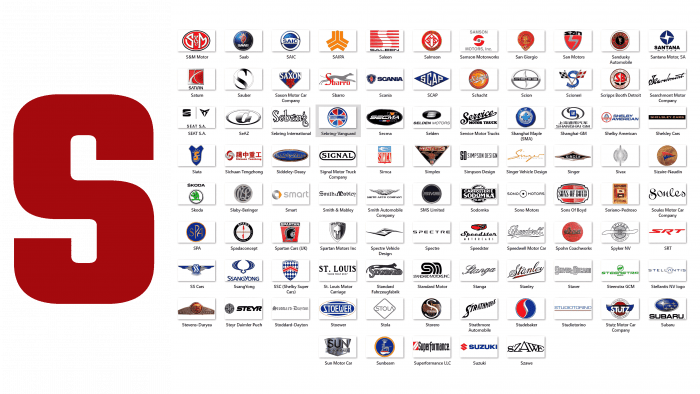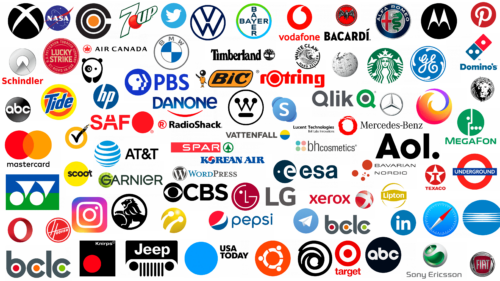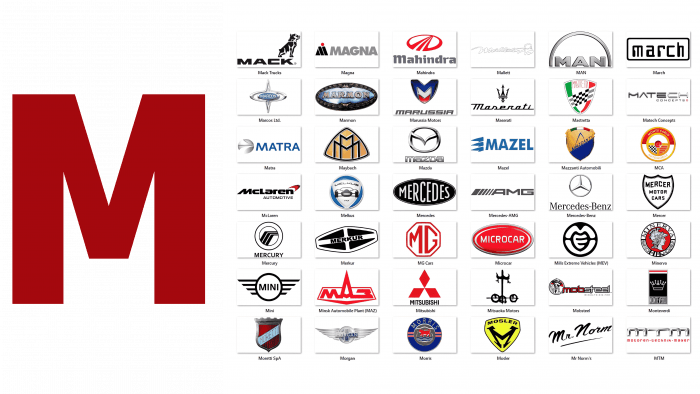Emojis have become a staple in our digital language, adding flavor to our online conversations. Among these, the Cowboy Emoji stands out. It features a character with a wide-brimmed cowboy hat, typically brown, and is known for its friendly and cheerful expression.
Assigned the code U+1F920, the Cowboy Emoji or Cowboy Hat Emoji was included in the Unicode 9.0 standard in 2016 under the category of Faces and Emotions. One of its notable aspects is its universal design. Unlike many emojis, it doesn’t offer variations for gender or skin tone, making it a versatile and inclusive choice for users around the world.
Meaning and use of the Cowboy Emoji
The cowboy emoji, often represented as a smiling face with a cowboy hat, conveys a wide range of emotions and ideas, primarily centered around the themes of excitement, wildness, or adventure. This emoji is versatile, and its usage varies depending on the context.
- Expression of Enthusiasm or Joy: The cowboy emoji is commonly used to express a high level of excitement or joy, similar to other exuberant emojis. Its use in this context is often informal and playful.
- Indication of Adventure or Boldness: Reflecting the historical image of cowboys as adventurous and daring, this emoji can symbolize a spirit of adventure or a willingness to take risks. It’s apt for situations where someone is embarking on a new venture or exploring unknown territories, whether literally or metaphorically.
- Conveying a Laid-back or Carefree Attitude: The cowboy lifestyle is often romanticized as being carefree and independent. Thus, the emoji can be used to display a relaxed, carefree attitude or to suggest a desire to break free from the mundane.
- Celebrating Western Culture or Themes: In contexts related to the American West, cowboys, or Western-themed events, this emoji is a direct symbol. It’s suitable for conversations about Western movies, rodeos, or when talking about Western history.
- Humorous or Ironic Situations: The cowboy emoji is sometimes used humorously or ironically. For example, it might be employed in a playful way when someone is pretending to be brave or when exaggerating their capabilities.
- Casual or Informal Communication: Due to its playful nature, the cowboy emoji is more commonly used in informal conversations among friends, in social media posts, or in casual texting. It’s less appropriate in formal or professional communication.
- As a Fashion Statement: Sometimes, it’s used to refer to fashion, particularly when someone is wearing a hat or outfit that reminds of the cowboy style.
- Emphasizing Individuality or Nonconformity: Reflecting the cowboy’s image as an individualist, the emoji can be a symbol of nonconformity or of doing things one’s own way.
The cowboy emoji, a graphic image of a face wearing a cowboy hat, carries a unique blend of meanings and connotations, often driven by cowboys’ cultural and historical significance in popular media and literature.
At the most basic level, the cowboy emoji symbolizes the American West and associated qualities such as ruggedness, independence, and adventurousness. This usage is consistent with the traditional view of cowboys as freedom-loving, courageous people capable of working outdoors in harsh conditions. People often use this emoji when talking about travel, adventure, or outdoor activities to evoke a sense of freedom and exploration.
The cowboy emoji is used to express a carefree attitude and a sense of fun. Due to its playful nature, it is often used in casual conversations, especially when someone is joking or making fun of a situation. For example, it can accompany messages about taking risks, having a good time, or starting new endeavors in a lighthearted, adventurous spirit.
The emoji also serves as a symbol of confidence and swagger. Its association with the archetypal cowboy, which is often seen as an image of strength, resilience, and coolness under pressure, allows it to convey a sense of self-confidence. People may use it when they feel confident in their actions or when they want to demonstrate bravado.
In the context of celebration or success, the cowboy emoji can express a triumphant or victorious mood. It is similar to a victory bow to the hat, a gesture associated with cowboy etiquette. This can be relevant in a variety of situations, from personal accomplishments to sports victories, where the sender feels a sense of pride and satisfaction.
Conversely, a cowboy emoji can convey a sense of irony or sarcasm, especially when used in situations that are clearly not cowboy-like. Its placement in an unexpected context can create a humorous contrast, emphasizing the absurdity or irony of the situation or statement.
In addition, in the world of Internet culture, the “cowboy” emoji has taken on a life of its own, often used in memes or humorous communication. In these cases, it may not be directly related to cowboys or their attributes but is used because of its quirky and distinctive appearance.
Its use ranges from representing adventure, freedom, and confidence to expressing humor, irony, and celebration.
Final thoughts
The Cowboy Emoji, with its characteristic wide smile and signature hat, holds different meanings for various generations. Amongst Generation Z, it often symbolizes the contrast between outward happiness and inner turmoil, representing a brave front in the face of personal difficulties. This emoji has become a modern symbol of maintaining a cheerful exterior despite underlying challenges.
For many, the Cowboy Emoji brings about a feeling of nostalgic longing, reminiscent of an era marked by simple living and heroic adventures. It conjures images of a past time filled with stories of bravery and exploration. Additionally, this emoji is seen as an emblem of concealed strength and confidence, representing an individual’s internal fortitude.
Moreover, the Cowboy Emoji is deeply connected with the charm of Western culture and the cinematic depictions of the American Wild West. It stands for the exhilarating sense of liberty, the excitement of new ventures, and the romanticized lifestyle of cowboys. For horse lovers and admirers of the cowboy lifestyle, this emoji is a perfect way to express their fondness for these themes, capturing the spirit of a free, outdoor way of life.
